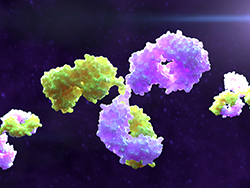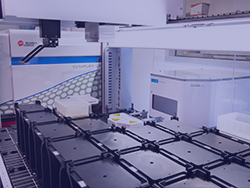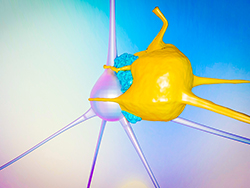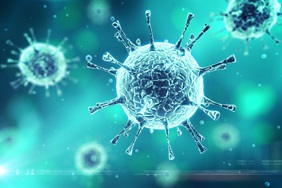Use of Cells in Therapeutics Product Development
In cell therapy, cells are introduced into the human body to either replace endogenous dead/non-functioning cells or to modulate dysfunctional cellular mechanisms. Since its establishment, cell therapy has been closely linked to regenerative medicine, under the premise that stem cell transfer could potentially restore tissue/organ damage previously considered irreparable. More recently, the therapeutic potential on non-progenitor cell therapy has been more extensively investigated, particularly the anti-cancer potential of immune cell transfer.
Living cells have become a crucial component in the development of therapeutic products, not only in the bio-pharmaceutical industry development but also in traditional drug discovery programs:
Small Molecule
Cell-based assays are used in Small Molecule Drug Discovery to gather information on biological activity, toxicology, molecular mechanisms and off-target effects.
Biologic Molecule
Produced in living cells typically in fed-batch bioreactors. Cell-based assays are critical for immune system monitoring, including effector cell activation, immune checkpoint modulation, and cytokine signaling.





